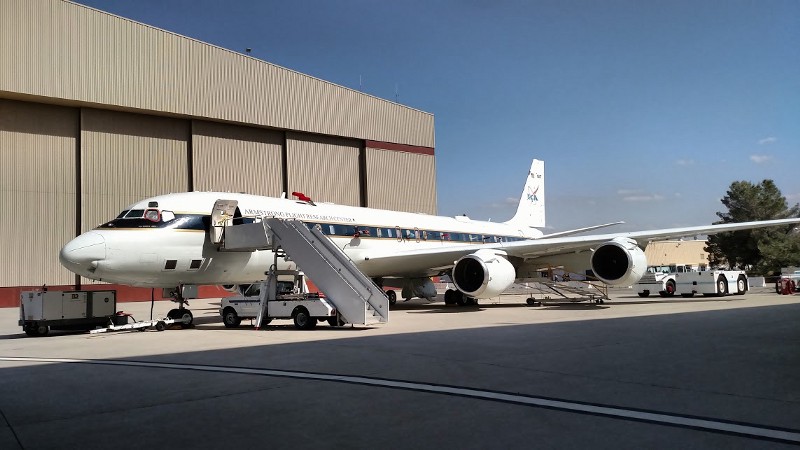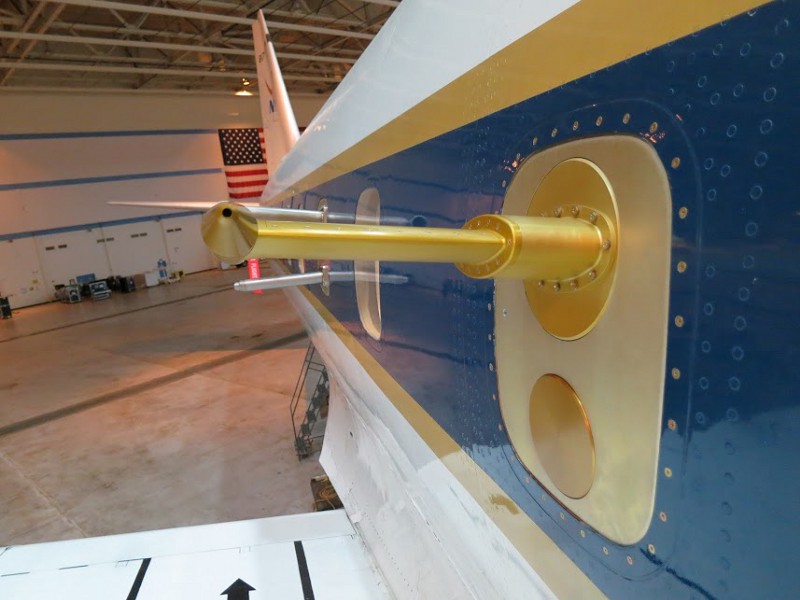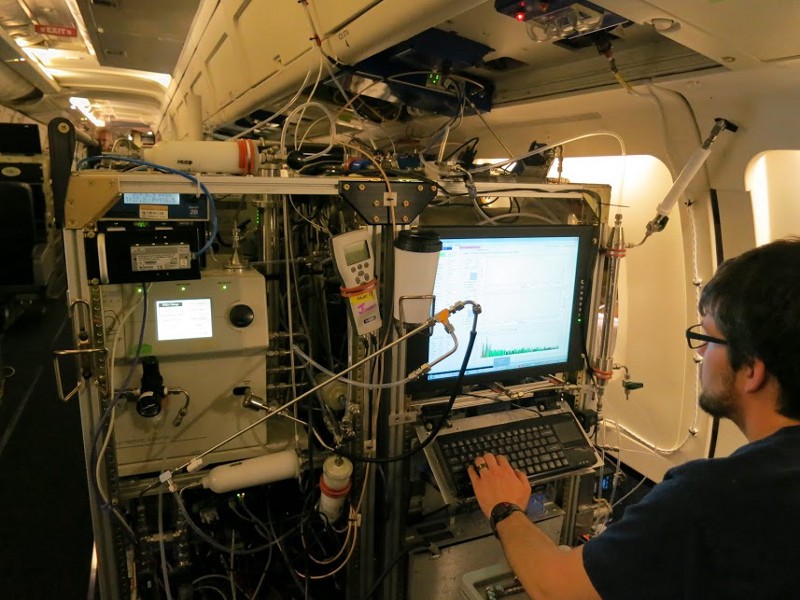My name is Benjamin Nault, and I am a postdoctoral researcher at University of Colorado, Boulder. My research focuses on the chemistry of aerosols (which I will go into more detail in a later blog or when asked in comments).
This blog will be documenting my adventures during two NASA aircraft campaigns during this summer (2016). The first one, and my main one, will be located in South Korea from late April to mid June. My second one will be traveling from pole-to-pole. You can also learn about things my group, the Jimenez group, is doing by following updates located here: https://plus.google.com/u/0/communities/118409622233241696363. Finally, you can also following updates from NASA here: http://www.nasa.gov/content/2016-earth-expeditions-korus-aq.
At anytime, if you, the reader, has any questions concerning air pollution or atmospheric chemistry, feel free to ask in the comments.
Now to quickly get you caught up with what has been going on with the mission, especially if you have never experienced a science aircraft mission.
Since early March, scientist have been traveling to Palmdale, CA, where the NASA DC-8 is based.

The NASA DC-8 parked outside in Palmdale, CA.

The inlet that pulls air into my instrument.

My instrument, the high-resolution time-of-flight aerosol mass spectrometer. I am busy calibrating the instrument in this picture.
